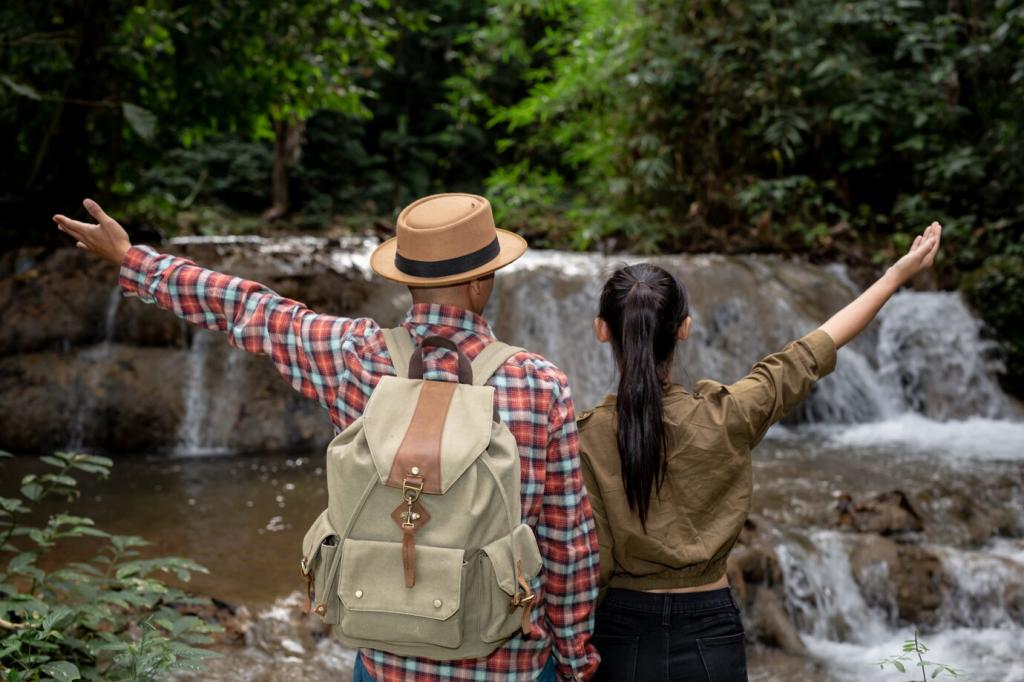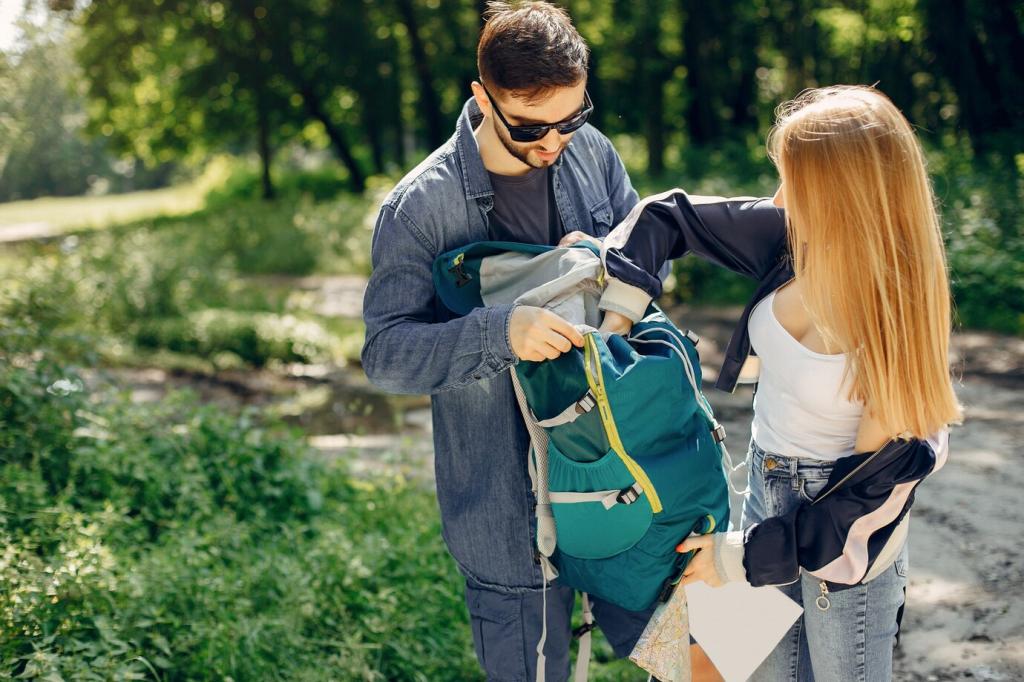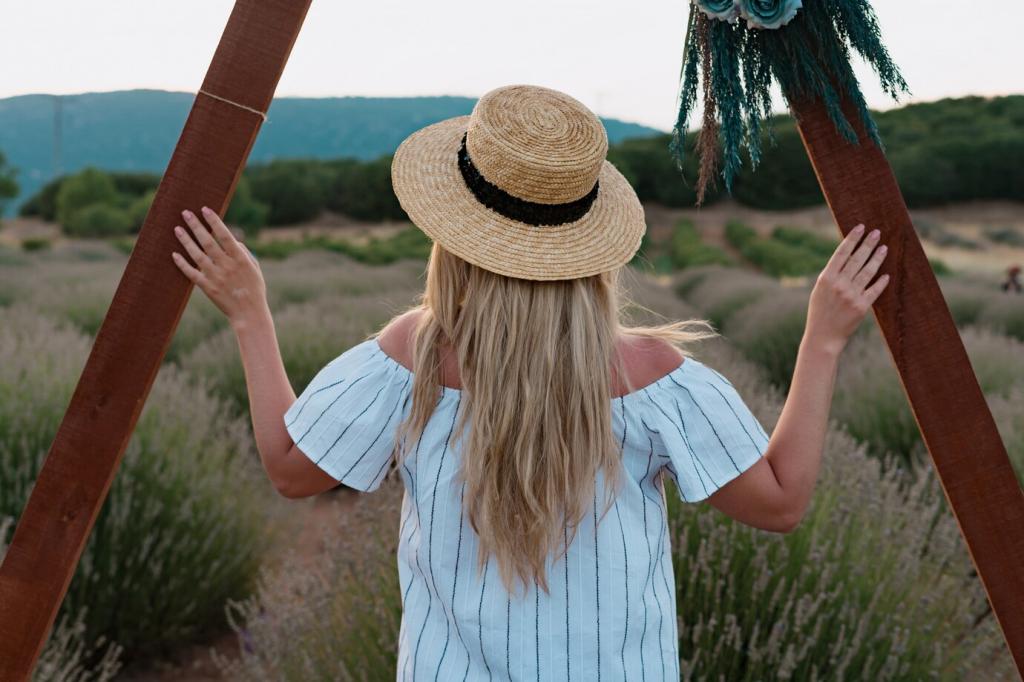
Sustainable Gear for Mountain Adventures: Climb Higher, Tread Lighter
Chosen theme: Sustainable Gear for Mountain Adventures. Welcome to a summit-minded home where every gram you carry—and every decision you make—protects the alpine places we love. Explore practical choices, honest stories, and gear wisdom that keeps you safe, efficient, and kind to fragile mountain ecosystems.
Why Sustainable Gear Matters Above the Tree Line
Fragile Ecosystems, Big Responsibilities
Alpine tundra recovers slowly from footprints, torn fabrics, and scattered micro-trash. Choosing durable, repairable, low-toxicity gear prevents fibers, coatings, and packaging from becoming long-lived pollution. Your kit can either pressure a thin ecosystem or actively protect it with smarter materials and longer service life.


Durability Is Sustainability in Disguise
The most sustainable shell is the one you do not replace for years. Mountain-grade stitching, reinforced wear zones, and timeless designs reduce churn. Fewer failures on scree fields and in storm cycles mean fewer emergency replacements, lower lifetime emissions, and more trust in what you carry.



Layering That Loves the Planet
Start with merino or recycled synthetic base layers for moisture control, add a recycled-fleece mid, and finish with a PFC-free wind or rain shell. Choose colors and constructions that age gracefully, so you keep wearing them. Fewer seasonal trends, more timeless performance, and less closet churn.
Shelter and Sleep You Can Repair
Pick tents with double-slider zippers, replaceable guylines, and accessible pole sections. Carry a small patch kit for silnylon or poly fabrics, plus a valve repair for your pad. A ten-minute fix at camp can prevent a cold, sleepless night and save a shelter from the trash heap.
Cook, Filter, Reuse
A titanium pot lasts decades, cleans easily with a handful of pine needles, and never leaches flavors. Refillable fuel strategies, canister recycling where available, and cold-soak options reduce waste. Pair with a backflushable water filter and a collapsible bottle to minimize single-use plastics on every ascent.



Powering the Peak Responsibly
A compact panel and a quality battery bank keep phones, beacons, and cameras alive during multi-day traverses. Charge while hiking, then top off in camp. Label your cables, track watt-hours, and right-size your setup so you carry enough power without hauling redundant, underused cells.
Powering the Peak Responsibly
Pick headlamps with replaceable, rechargeable batteries to avoid single-use waste. Standardized cells simplify backups and make charging efficient. Store batteries warm in winter, rotate them between pockets and lamp, and log their cycles. Share your cold-weather battery tips with readers who night-hike or start pre-dawn.
Repair, Maintenance, and the Joy of Patina
01
In a hailstorm bivy, a partner’s tent door failed; a strip of repair tape and a stake sleeve turned panic into laughter. Those minutes of calm improvisation avoided a cold retreat. Carrying a tiny repair kit transforms setbacks into confidence—and trash-bound gear into future summit photos.
02
Technical layers fail from grime, not just age. Gentle wash cycles restore breathability, while targeted reproofing revives water repellency. Clean zippers, restitch minor seams, and dry shells carefully. A simple maintenance ritual doubles service life, saves money, and keeps broken promises of “disposable” performance out of landfills.
03
Borrow avalanche shovels for courses, rent mountaineering boots for one-off routes, and hunt secondhand for classics. Cobblers can resole boots; tailors can reinforce cuffs. Community gear swaps build friendships and keep equipment circulating. Post an item you are ready to trade, and subscribe for local swap dates.

This is the heading
Lorem ipsum dolor sit amet, consectetur adipiscing elit. Ut elit tellus, luctus nec ullamcorper mattis, pulvinar dapibus leo.

This is the heading
Lorem ipsum dolor sit amet, consectetur adipiscing elit. Ut elit tellus, luctus nec ullamcorper mattis, pulvinar dapibus leo.
My first alpine axe came from an aunt who guided decades ago. It is scratched, balanced, and perfectly honest. Honoring her tool taught me to repair first, buy slowly, and climb intentionally. What heirloom—or humble item—reshaped your approach to gear and mountain responsibility?
Voices from the Ridge: Stories & You
On a wind-chilled pass, a ranger thanked us for packing out a handful of threads from a torn strap. “These fibers travel,” she said, “and they harm more than they seem.” That two-minute cleanup hardened our resolve. Share your small wins that became lasting habits.
